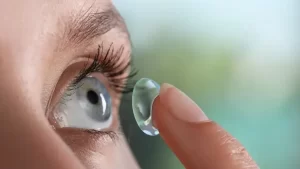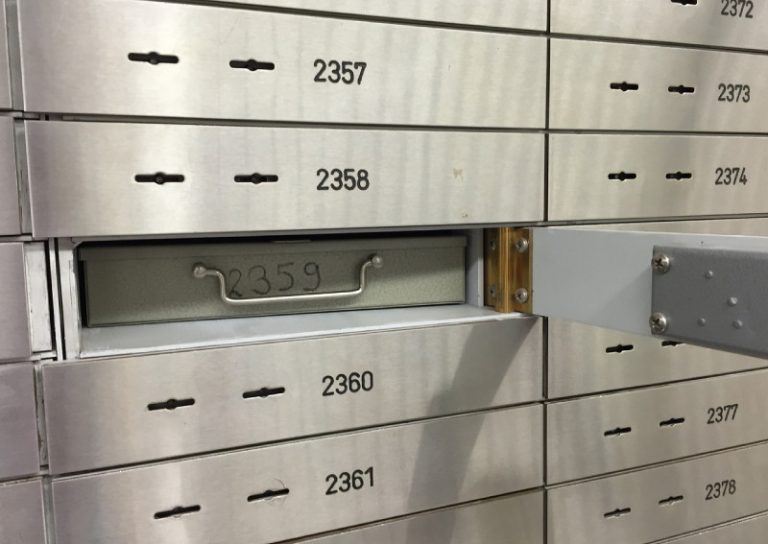Bird netting is a successful and humane technique for bird control, keeping them from causing damage to yields, and structures, or disrupting aviation. In any case, with a plethora of choices available, choosing the right net can overpower.
Understanding your Requirements
Before purchasing a bird net, surveying your specific requirements is essential. Think about the accompanying factors:
Targeted Bird Species
Distinguish the types of birds causing issues in your area. Different bird species have varying sizes and behaviors, which will impact the appropriate netting decision.
Purpose and Location
Decide the purpose of utilizing netting. Are you safeguarding a garden, agricultural yields, or a commercial facility? The location and climate will dictate the type and strength of the netting material.
Types of Bird Netting Materials
Bird Netting is available in various materials, each with special characteristics suitable for various applications. The most well-known types include:
Polyethylene Netting
This lightweight and durable netting material is ideal for agricultural applications and gardens. It is resistant to UV rays and can withstand harsh weather circumstances.
Polypropylene Netting

PP netting is known for its astounding elasticity, making it suitable for larger bird species. It is often utilized in commercial settings and to safeguard valuable assets like aircraft.
Nylon Netting
Nylon netting is exceptionally durable, UV resistant, and regularly utilized in aquaculture and heavy-obligation applications.
Mesh Sizes and Netting Configurations
Choosing the right mesh size is crucial to guarantee the adequacy of netting. Here are a few considerations:
Bird Size
Select a mesh size that will keep the targeted bird species from entering. Smaller mesh sizes are suitable for small birds, while larger ones can hinder larger birds.
Desired Barrier
Decide if you want a general barrier or specific security for certain areas, for example, natural product trees. Smaller mesh sizes ought to be utilized for accuracy and security.
Installation Techniques
Proper installation is essential for the functionality and life span of the bird net. Think about the accompanying installation techniques:
Tensioning
Guarantee the netting is firmly extended and get to keep birds from tracking down gaps to access the safeguarded area.
Support Structures
Utilize appropriate support structures, like shafts, wires, or frames, to keep the netting elevated and taut.
Additional Tips and Maintenance
To maximize the viability of the net, think about the accompanying tips:
Regular Inspections
Inspect the netting periodically for damage or wear and tear. Repair or replace damaged segments speedily.
Visual Deterrents
Visual deterrents like scarecrows, intelligent materials, or predator fakes for enhanced viability.
End
Choosing the right netting requires careful consideration of your specific requirements, understanding of various netting materials, mesh sizes, and proper installation techniques. You can reduce birds from causing damage to yields, and structures, or creating aviation hazards. Make sure to regularly maintain and inspect your netting to guarantee its drawn-out functionality.









